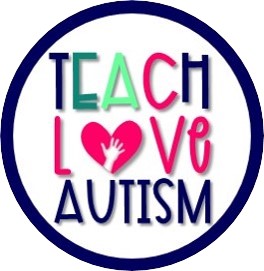Writing IEPS Effectively to Support Students in Special Education
IEPs are the backbone of our special education programming. If that’s TRUE, then why do writing IEPs often feel so confusing? Well, because they’re important. They are legal documents. And truthfully? They are made out to be WAY scarier than they really are. I compare […]
🔒 This content is for members only.
Join the Teach Love Resource Membership and get full access instantly!





